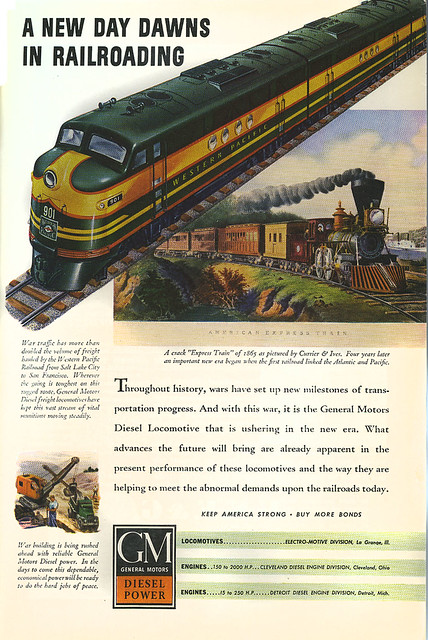Bobby pins. They always seemed to be in the bottom of my mother's purse. She used them for all sorts of things, including in her hair. And once a stray bobby pin is lost in a drawer it may take years before it's found again. This isn't to say it won't be seen in the drawer, it's just that there are probably plenty other pins around so why go digging around for that particular pin.
The pins on these cards are probably as organized as I've ever seen these little tools. Put them in a drawer, box, or jar and they end up in all directions, stuck in and out of each other. Oh sure, I'm betting there are some very neat people who keep their pins organized all facing the same direction. Not me. Sometimes a stray one will stick upright keeping me from closing the box lid.

Not finding much online in my brief search for information about bobby pins or hair winding rods. But then, who really wants to read a lengthy history of a piece of bent wire?
The "bobby pin" came into wide use as the hairstyle known as the "bob cut" or "bobbed hair" took hold. This trend gained popularity in the 1920s, and the bobby pins kept the bobbed hair in place. A trademark on the term "bobby pin" was held for some decades by Bob Lépine Corporation of Buffalo, New York. A trademark infringement claim made by Bob Lépine against Procter & Gamble regarding their naming their home permanent product Bobbi was settled in the 1950s by a payment to Bob Lépine by P&G. The term is now in common usage and therefore is no longer a valid trademark.In 1913, Hump bobbie pins are introduced by Cincinnati-born inventor-manufacturer Sol Harry Goldberg, 33, who has devised "humps" for hairpins to help them grip the hair and has founded the Hump Hairpin Manufacturing Co.In 1915, the Hump Hairpin Mfg. Co. factory was built in the Prairie Avenue section of Chicago.

A site called Ads by Dee is selling a vintage 1945 ad for the Hold-Bob pins seen above. This ad is from her site.



















